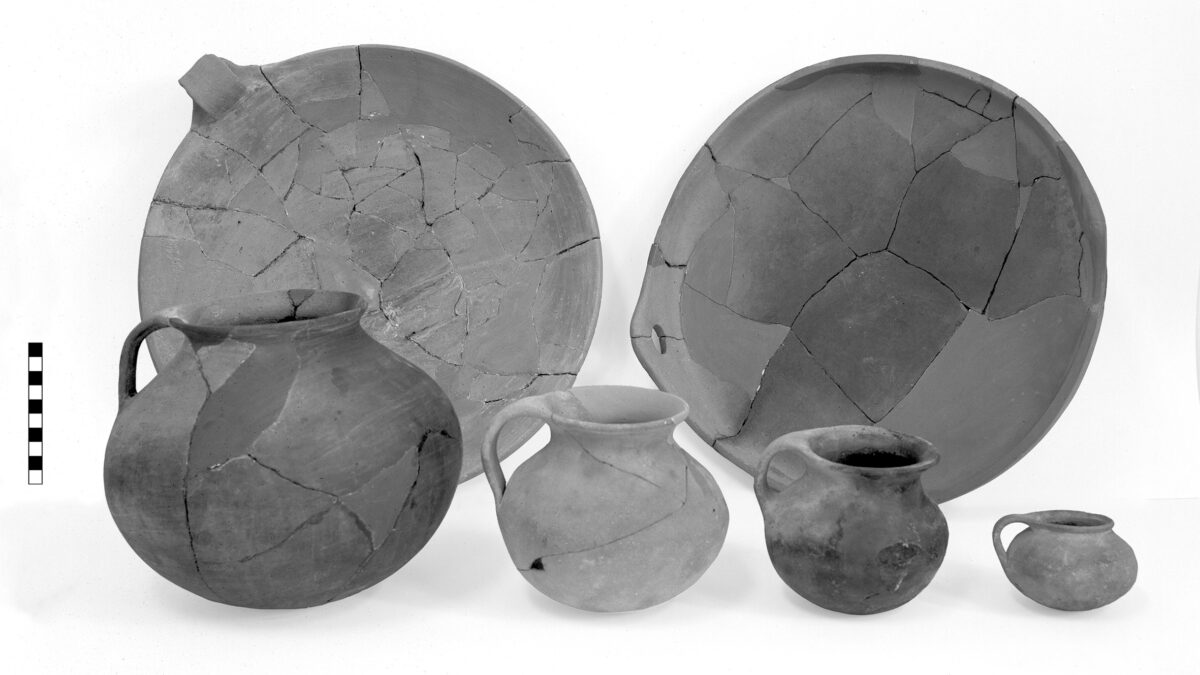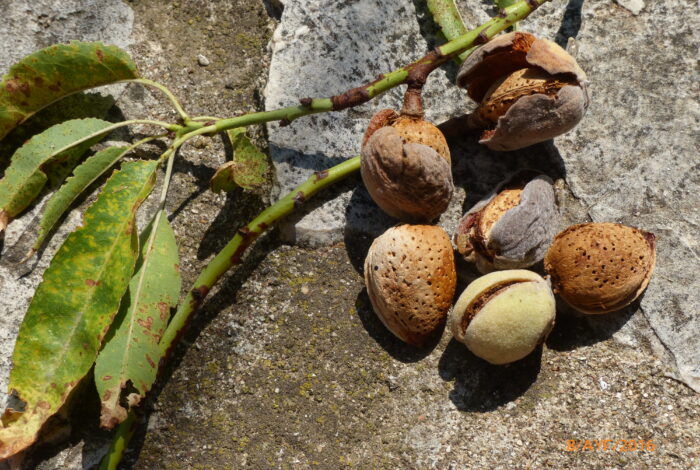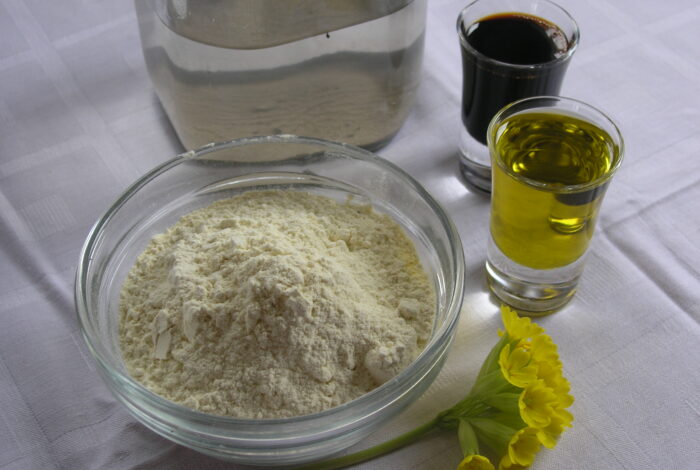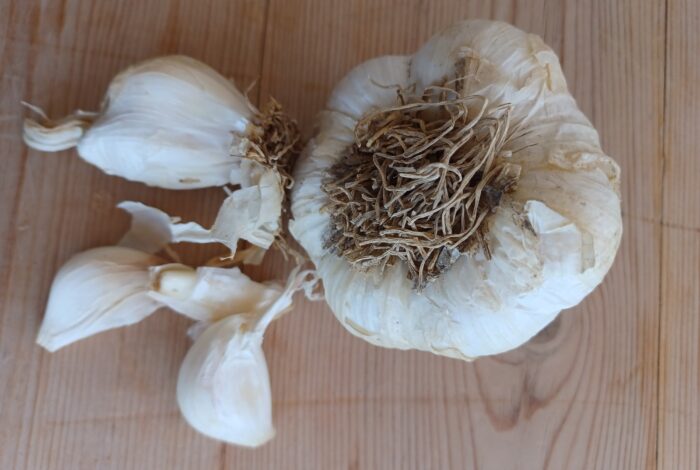Soultana-Maria Valamoti, Professor, AUTh
The frying pan, a utensil we are very familiar with today in both Greek and other cuisines, was not only a known utensil in ancient Greece – valued for specific recipes – but also had the same name as today: tiganon. They are often mentioned as the utensil in which they fried small fish, but they were also used for several other recipes, including tiganites (fritters). The concept of frying a dough in hot oil has existed since at least ancient Greece and may be much older, as shallow, open ceramic vessels have been found in prehistoric settlements dating back to Neolithic Greece.
The cultivation of cereals has been a longstanding practice in Greece, with a wide variety of wheat and barley species being cultivated as early as the 7th millennium BC. These two cereals were core components of the Greek diet, which from prehistoric times were transformed into an impressive range of recipes by mixing their ground seeds, in the form of flour, with ingredients such as water, milk, wine, or honey. Ancient doughs could be baked in various ways and transformed into breads, pies and also into a special category of recipes that required cooking the dough in hot oil. These are the recipes that concern tiganites, or fried cakes in various forms.
The ancient word tiganitis is attested as early as the 6th century BC, in the work of the poet Hipponax, and appears later on in ancient comedy. There is even a reference in ancient comedy to tiganites with sesame seeds – reminiscent of modern Cretan xerotigana. The word itself suggests a batter fried in oil or some other fat in a frying pan. Galen, in his writings, even describes how they were made. According to this prominent physician of antiquity, one should place the frying pan over a smokeless fire, pour oil into it, and once it is hot, pour in the dough. This indicates that the dough would have been quite thin, as Galen describes it as a mixture of wheat flour and plenty of water. He notes that when this dough is cooked in oil, it quickly changes consistency and resembles soft cheese curdled in baskets. At this point, Galen says, one must flip it over so the underside also cooks, and repeat this two or three times until the tiganites are fully cooked.










